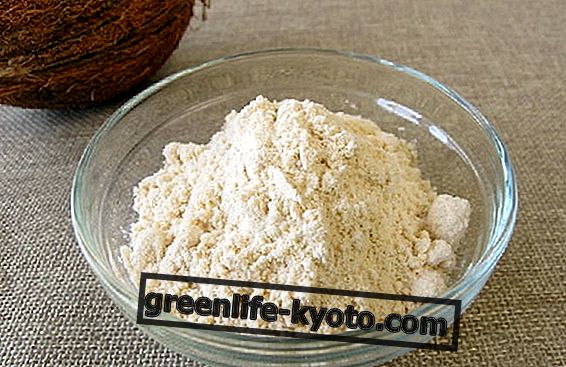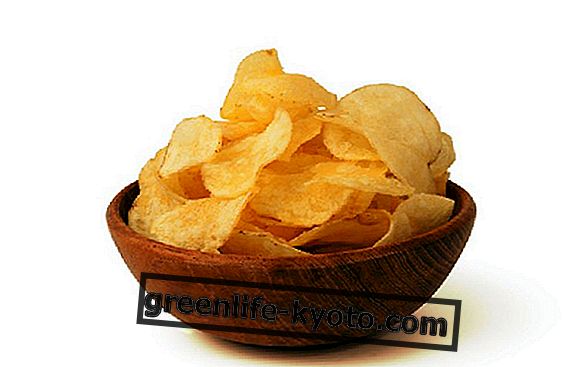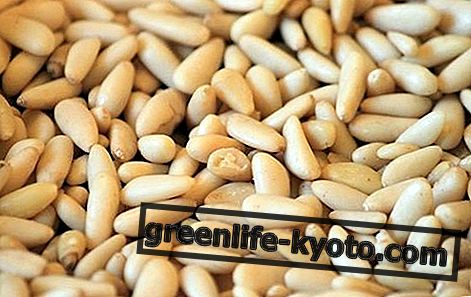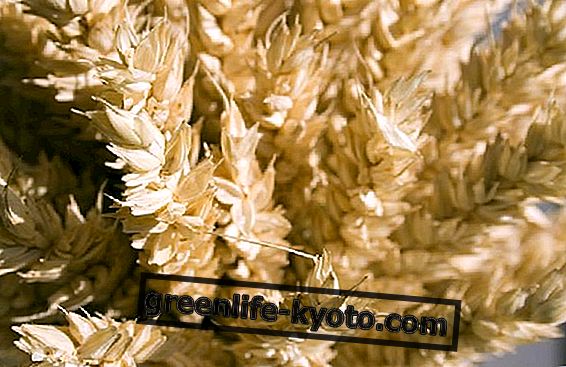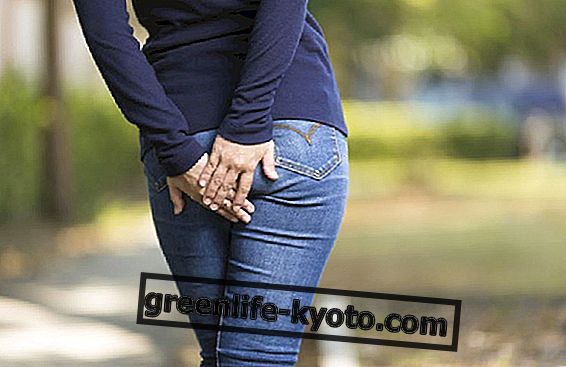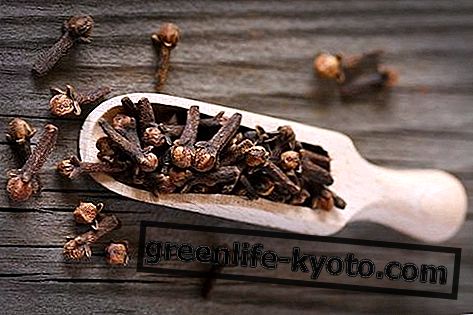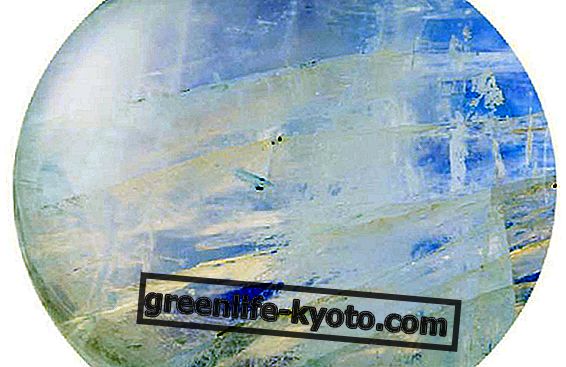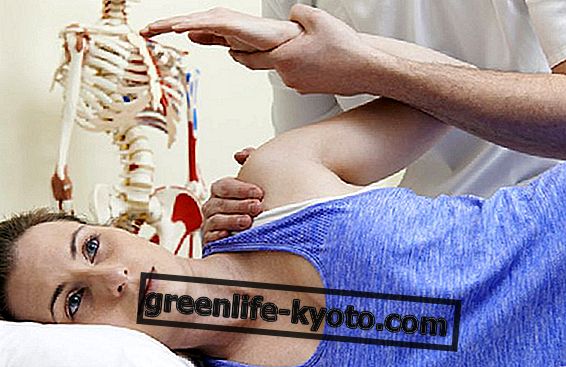Mud therapy is an aesthetic and healing mud- based treatment used to remove excess fluids. Let's find out better.
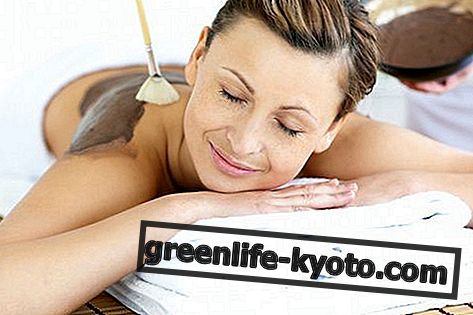
What is mud therapy
Mud therapy is considered an aesthetic and curative treatment based on mud, used to eliminate excess fluids, retained especially in the tissues of the legs, abdomen and hips.
Sludge is a slime made up of a mixture of a solid component with a liquid component (mineral or thermal water) and used in the form of a "pack". The solid component has an inorganic base, consisting mainly of clay, and an organic one that includes microflora (bacteria, algae, diatoms, protozoa, etc.), microfauna, humus, humo-mineral and vegetable compounds of different nature, deriving mainly from the phase of maturation of the muds themselves or their previous use (cellular debris, secretions, etc.).
In the liquid component we distinguish the water contained in the virgin mud, which impregnates the mud in the reservoir of origin, from the mineral water in which the mud is "matured". In fact, before it can be used, the raw mud must be subjected to a particular "maturation" process.
That coming from the source, is subjected to maceration for a long time in mineral water, so that the clay grains undergo a transformation by charging themselves with chemical and chemical-physical properties of the water in which they are placed to macerate. Mineral waters, in addition to mineralising sludge, contribute to the maturation process also through the contribution of microorganisms and algae.
How does it work?
The "mature" mud is the basis of the mud therapy which carries out its action through four main phases : the application of the mud; bathing in thermal water; the sweating reaction; the toning massage.
The mud is applied directly to the skin at a temperature between 37 ° C and 38 ° C for a period ranging from about 15 minutes to half an hour. At the end of the application, the patient, after having been subjected to a hot shower, is immersed in the thermal bath at a temperature of 37-38 ° C for about ten minutes. Finally, it is dried with warm cloths.
From the physical properties of the sludge derives their consistency, the concentration of active substances contained in them and the type of therapeutic treatment for which they will be applied. The properties of the mud are: the caloric capacity, that is the power of accumulation or dispersion of heat, when they come into contact with the skin. The plasticity, that is the degree of malleability of the mud and therefore the ability to adhere to the body surface.
This property is related to the number and size of the particles of the solid component: a clay is the more plastic the greater the number of particles that make it up and the smaller their size. The power of absorption and ion exchange due to the osmosis process by virtue of which the mineral substances enter through the skin and come out particles of water and fat.
Osmosis is a spontaneous physical process of exchange, that is without external energy supply, which tends to dilute, in the presence of two solutions separated by a semipermeable wall, as can be the skin, the most concentrated, in order to reduce the difference in concentration. This process is an important phenomenon in biology, which intervenes in some passive transport processes through biological membranes.
You can learn more about the properties, benefits and use of sludge
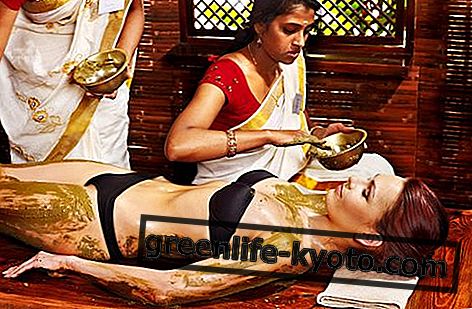
What does f angotherapy cure?
Mud therapy proves to be effective for many ailments and plays a detoxifying, re-mineralizing role for the body and anti-inflammatory on bones, joints and cartilage, which have positive effects, very useful for treating rheumatism, arthritis and arthrosis. In particular it is effective in chronic inflammatory forms of the musculoskeletal system such as joint arthrosis, tendinitis, pain and muscle inflammation.
Depending on the type of mud used, different applications can be applied to skin problems, such as dermatitis, eczema, psoriasis, joint inflammation, gout and many others. Generally the most used sludge is anti-cellulite and is made with algae collected in the seabed and treated according to procedures that keep intact the important properties such as mineral salts, capable of increasing ion-osmotic exchanges and activating the metabolism of fat cells, reactivating the circulation and microcirculation, therefore excellent allies also to fight water retention and varicose veins.
In conclusion we can say that the muds have a draining, analgesic and muscle relaxant action, stimulating the metabolic processes, and resistance to pathogens; they help to clean and detoxify the skin because they absorb toxins and waste and return us a smooth, soft and purified skin.
Who is the mud therapy designed for?
Mud therapy is particularly suitable for treating all cases of articular pathologies, for example for those suffering from osteoarthritis (arthrosis of the hand, foot, knee, hip and spine), for those suffering from rheumatism, gout (form of acute arthritis due to an excessive concentration of uric acid in the blood), or for those who have orthopedic diseases such as dislocations, sprains or strains, or for those who wish to assist in the treatment of elimination of cellulite, overweight and blemishes or skin problems.
The ideal would be to carry out a complete cycle of 12 sessions once a year, every day, but you can also carry out two cycles of 6 sessions once every 6 months. Although it is not a proper medicine, mud packs are not suitable for everyone. The main contraindications to the use of mud as a cosmetic or medical treatment are acute arthropathies, pregnancy, epilepsy, bleeding ulcers, circulatory problems and severe heart disease.
The law in Italy and abroad
In Italy, mud therapy is a practice linked to science and natural treatments, so the figure of the mud therapist does not officially exist. These are specialized doctors or experts in natural therapies that offer their knowledge about this treatment.
The National Health System covers the provision of thermal treatments for patients affected by the following diseases : rheumatic, respiratory, dermatological, gynecological, otorhinolaryngological, urinary tract, vascular, gastrointestinal tract. To access the care, the prescription from the general practitioner is required.
Tickets and living expenses are at the expense of the client, who can choose the thermal establishment that he prefers among those accredited for the specific treatment cycle.
Associations and reference bodies
In fact the structures that deal with mud therapy in Italy are the single accredited spas scattered throughout the peninsula. They range from Abano, Montegrotto to Sirmione and many others.
Reference institutions are, for example, the Pietro D'Abano Thermal Studies Center and the School of Specialization in Medical Hydrology, University of Pavia.

